On October 14, 1066 at Hastings, King Harold II of England brought troops against William, Duke of Normandy. In the 11th Century, the Angles and the Saxons, two tribes of Germanic origin, ruled England. However, the King of England, Edward the Confessor, was part Norman. His mother was a noblewoman from the Duchy of Normandy, a territory in northern France and ruled by the Normans, descended from Viking stock. Edward had no direct heirs to take the throne after his death. He promised the kingship to William, Duke of Normandy. After Edward’s death in January 1066, an assembly of Saxon noblemen voted to hand the British crown to Harold, the Earl of Wessex. William considered the election an abuse of power. He decided to make his claim on the throne using force. William assembled an army of noblemen from Normandy and other regions of France. In September 1066, his troops set sail for England.
It was a critical time for the new King of England. Several days before the start of William’s expedition, Harold II had to suppress an attack by the King of Norway at Stamford Bridge. Although he lost many men, Harold II went to wait for William on a hill near Hastings in southeastern England. On the morning of October 14, 1066, Saxon and Norman forces clashed. Fighting on high ground, the Saxons neutralized the enemy’s most powerful weapon: heavy cavalry. On level ground, mounted Norman forces would have easily overwhelmed the Saxon army of foot soldiers. Hilly terrain made the Normans ineffective. Saxons initially took the day on the battlefield. William, however, contrived a clever plan. The Duke of Normandy ordered his troops to fake a retreat so they could draw the Saxons onto flat ground in pursuit. The plan worked. Saxons fell into William’s trap and were cut down by the Norman cavalry. Harold II was killed. The bloody tale of the Battle of Hastings was immortalized years later in the Bayeux Tapestry. Thanks to his victory, the Norman invader went down in history as William the Conqueror and won the throne of England.
His created a politically sensitive situation. William became king of an independent nation, but his status as Duke of Normandy meant he was still a subject of the French monarch. Relations between the two states became even more complicated over the following centuries, breaking down into one of the longest conflicts in history, the Hundred Years’ War.
It was a critical time for the new King of England. Several days before the start of William’s expedition, Harold II had to suppress an attack by the King of Norway at Stamford Bridge. Although he lost many men, Harold II went to wait for William on a hill near Hastings in southeastern England. On the morning of October 14, 1066, Saxon and Norman forces clashed. Fighting on high ground, the Saxons neutralized the enemy’s most powerful weapon: heavy cavalry. On level ground, mounted Norman forces would have easily overwhelmed the Saxon army of foot soldiers. Hilly terrain made the Normans ineffective. Saxons initially took the day on the battlefield. William, however, contrived a clever plan. The Duke of Normandy ordered his troops to fake a retreat so they could draw the Saxons onto flat ground in pursuit. The plan worked. Saxons fell into William’s trap and were cut down by the Norman cavalry. Harold II was killed. The bloody tale of the Battle of Hastings was immortalized years later in the Bayeux Tapestry. Thanks to his victory, the Norman invader went down in history as William the Conqueror and won the throne of England.
His created a politically sensitive situation. William became king of an independent nation, but his status as Duke of Normandy meant he was still a subject of the French monarch. Relations between the two states became even more complicated over the following centuries, breaking down into one of the longest conflicts in history, the Hundred Years’ War.
RELATED
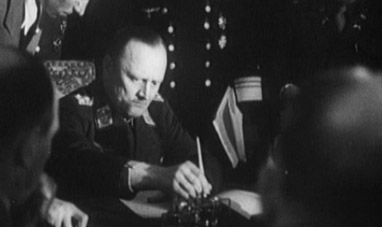

YALTA AND POTSDAM: NEW WORLD ORDER


THE TAIWAN ISSUE
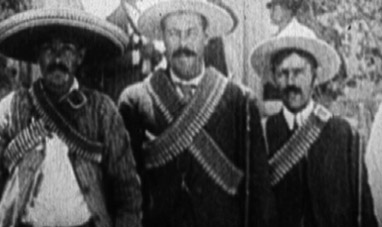

THE MEXICAN REVOLUTION
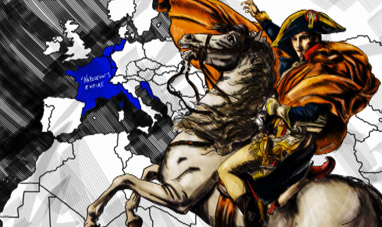

THE BATTLE OF AUSTERLITZ
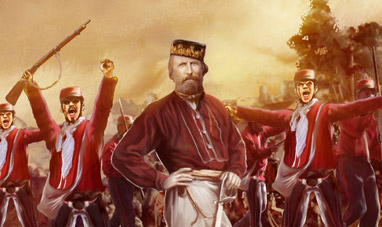

THE EXPEDITION OF THE THOUSAND


THE FIRST GULF WAR
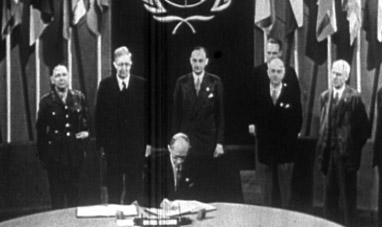

THE BIRTH OF THE UNITED NATIONS


THE RAPE OF THE SABINE WOMEN


THE MUNICH MASSACRE


THE WALL STREET CRASH OF 1929


THE 2001 ARGENTINE ECONOMIC CRISIS


THE CONGRESS OF VIENNA


WORLD WAR II


THE SUEZ CRISIS
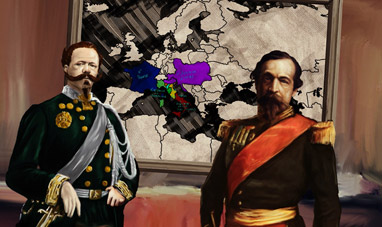

PLOMBIÈRES AGREEMENTS


THE SECOND INTIFADA
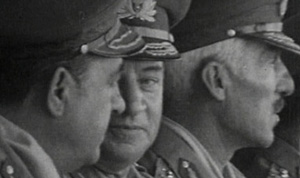

THE GREEK MILITARY COUP
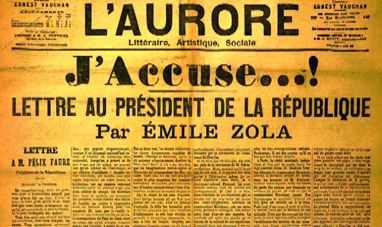

THE DREYFUS AFFAIR


THE EDICT OF MILAN


THE ARGENTINE DICTATORSHIP, 1976-1983


APARTHEID


THE ADVENT OF NAZISM


THE PROTESTANT REFORMATION


THE FALL OF THE BERLIN WALL


THE FIRST CHINESE EMPEROR AND THE QIN DYNASTY


THE FIRST INTIFADA
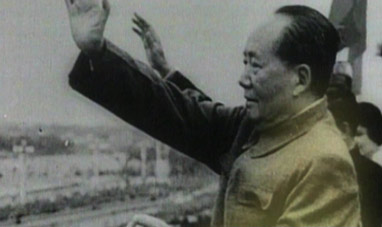

FOUNDING THE PEOPLE'S REPUBLIC OF CHINA


THE MARCH ON TIANANMEN


BUILDING THE SUEZ CANAL


THE SIX DAY WAR


THE OUTBREAK OF WORLD WAR I


FIRST ITALIAN WAR OF INDEPENDENCE


THE PRAGUE SPRING


THE KOSOVO WAR


THE DESTRUCTION OF POMPEI


THIRD ITALIAN WAR OF INDEPENDENCE
